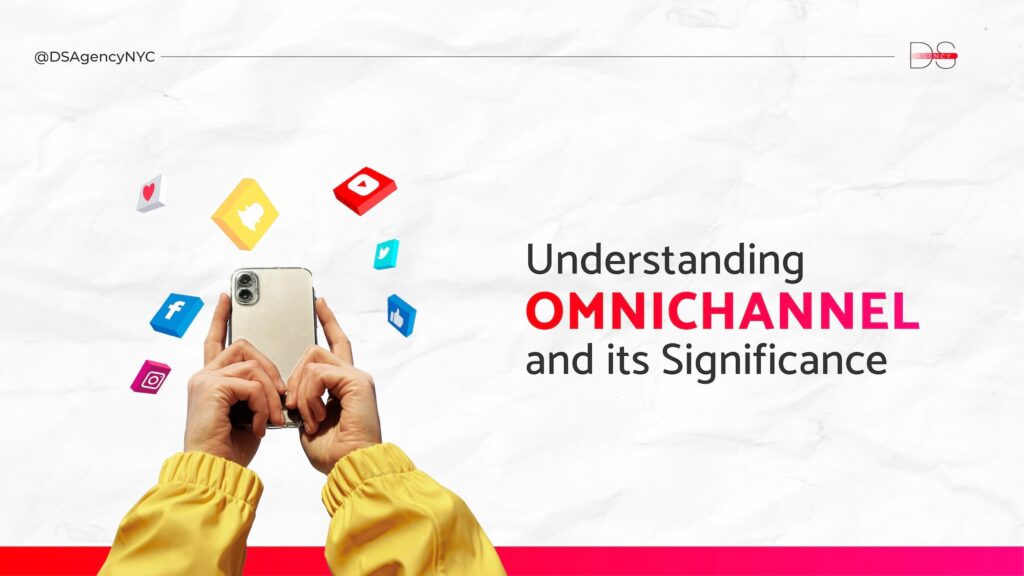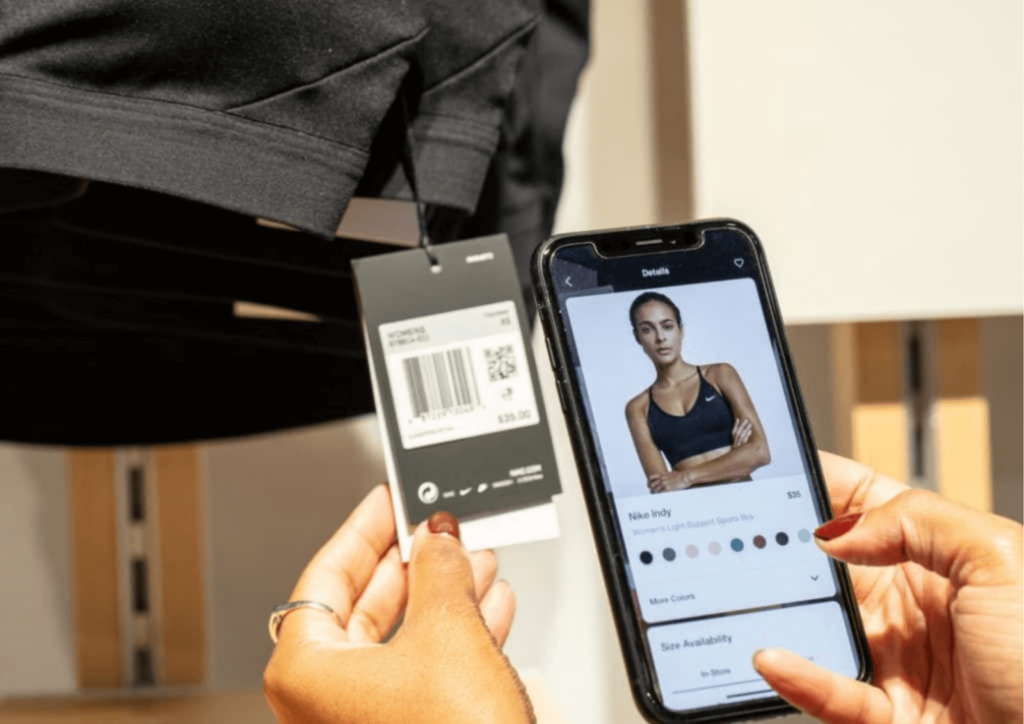Nowadays, shopping isn’t just in stores or online; it’s both at once. This mix-up has made “omnichannel” a key approach for businesses that want to give customers a smooth and unified shopping experience. In the past, companies used different ways to reach customers, like stores, websites, mobile apps, and social media, but these ways didn’t really work together. This could confuse customers, who might see different prices, products, or service levels depending on how they shopped.
Omnichannel marketing changes this by linking all these ways to shop into one clear strategy. The aim is to make sure customers have a consistent and connected experience with a brand, no matter how they choose to shop. Whether they’re online, in a physical store, or on an app, they’ll get the same service, deals, and personal touches.
Imagine someone shopping: they might look at products on social media, then check them out on the website, and finally buy something in a store or on an app. With a good omnichannel approach, their shopping journey feels smooth across all these steps. They can save items in an online cart and see them again on the app, or get a coupon by email that works both online and in-store.
This strategy is about more than just making shopping easier; it’s about meeting modern shoppers’ expectations for a personalized and hassle-free journey. By using omnichannel principles, businesses can better connect with their customers, earn their loyalty, and grow. In a world full of choices, offering a consistent and connected experience across all shopping channels can really make a business stand out.

What is Omnichannel?
Omnichannel marketing is about providing a seamless and consistent experience for customers, no matter how they’re shopping—through a phone, computer, or in-person at a store. It builds on multichannel marketing by not just using different ways to reach customers but connecting these channels so that they work together. This means understanding what customers want and how they behave across all platforms, enabling businesses to offer a more personalized and integrated service every time a customer interacts with them.
Why Omnichannel?
Omnichannel strategies are becoming essential because they meet modern shoppers’ expectations for a smooth shopping experience that blends in-store and online interactions. With the rise of digital technology and smartphones, customers want to move easily between shopping online, on their phones, and in physical stores. Adopting an omnichannel approach helps businesses keep up with these expectations, making customers happier and more loyal. Additionally, omnichannel strategies offer businesses deep insights into what their customers like and how they shop, helping them make smarter decisions. Ultimately, this approach can lead to more sales and growth for businesses by keeping them connected with their customers’ needs and preferences.

Challenges in Transition
Switching to an omnichannel approach involves several challenges. Companies must tackle technical issues, change how they traditionally operate, and handle customer data carefully, which can be costly and complex. They need to make sure that customers get a uniform experience no matter how they interact with the brand, combine different data sources effectively, and keep their brand message consistent across all platforms.
Technology’s Role
Technology is the foundation upon which a successful omnichannel strategy is built. Tools like CRM systems, AI, and data analytics help unify customer information across different channels, making marketing more personal and customer service more effective. Additionally, technology enables businesses to quickly adapt to changes and scale their operations to meet evolving customer demands.
Driving Growth and Enhancing Customer Experience
Omnichannel strategies go beyond just keeping customers around; they’re key to making a business grow. By giving customers smooth and tailored experiences, companies can make customers stick around longer and spend more, streamline how they operate, and reach new markets. Using data and analytics helps businesses understand what customers want, customize their offerings, and manage their stock better, all of which help increase sales.
Success Stories
Leading brands like Nike and Starbucks exemplify the powerful impact of omnichannel strategies, demonstrating how integrating various shopping and engagement channels can significantly enhance the customer experience, foster loyalty, and boost sales.
Nike, a titan in the athletic wear industry, skillfully merges its mobile application experiences with physical store visits to create a seamless customer journey. Through its app, Nike offers personalized product recommendations based on past purchases and browsing behavior. When customers visit a Nike store, they can use the app to check inventory in real-time, reserve items for in-store fitting, or even make purchases directly through the app to avoid waiting in line. This blend of digital convenience with the tactile, immersive experience of in-store shopping ensures that every interaction with Nike feels personalized, efficient, and integrated, regardless of the shopping channel the customer chooses.

Similarly, Starbucks, a leader in the coffeehouse sector, has mastered the art of linking its loyalty program across both digital and physical purchasing environments. Customers can use the Starbucks app to order and pay for their drinks before they even step foot in the store, accruing loyalty points in the process. These points can then be used for free drinks or food items, encouraging repeat business. Additionally, the app provides personalized offers and discounts based on the customer’s order history, further enhancing the appeal of returning to Starbucks. This omnichannel approach not only streamlines the purchasing process but also deepens the customer’s relationship with the brand through a consistently rewarding experience, whether they’re interacting with the app or making a purchase in a store.

Both Nike and Starbucks leverage technology not just as a tool for selling, but as a means to create smooth, interconnected experiences that resonate with their customers’ lifestyles. By doing so, they increase customer satisfaction and loyalty, which in turn drives sales. These companies show that a well-executed omnichannel strategy is not merely about being present on multiple platforms; it’s about ensuring that every touchpoint with the brand is coherent, connected, and adds value to the customer journey, thereby setting a high standard for competitors in their respective industries.
In today’s rapidly changing world of consumer preferences and technological progress, excelling in omnichannel marketing is more than a mere advantage; it’s crucial for maintaining a competitive edge and driving business expansion. However, recognizing its importance is just the initial step. The real success lies in its execution.
At D&S Agency, we’re adept at designing and implementing omnichannel campaigns that engage your audience at every touchpoint, ensuring a seamless and impactful brand experience. Our expertise turns the complexity of omnichannel marketing into your competitive edge, driving meaningful engagement and growth for your brand.
Discover more about our services and how we can elevate your brand by booking a free 30-minute consultation.

